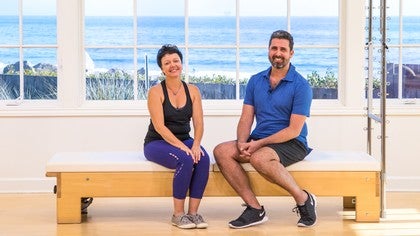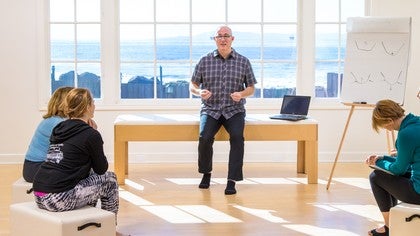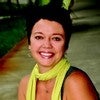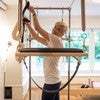Premium Continuing Education workshop
You can view a 2 minute preview. For details, scroll down below the video.
Workshop #2807
Freedom of the Shoulders
Description
Objectives
- Learn about motor learning and how to talk to the brain and nervous system to get the desired results form the muscular and skeletal systems
- Learn visualizations that will help your clients achieve the movements that will work best for their bodies
- Go in-depth with the muscles and bones of the shoulder girdle so you can see how it was designed to move during basic movements and Pilates exercises
About This Video
Continuing Education Credits
If you complete this workshop, you will earn:
2.0 credits from Pilates Association Australia (PAA)
The Pilates Association Australia (PAA) is an independent and not-for-profit organization established by the Pilates industry as a regulatory body for control of quality instruction, member support, and integrity within all legitimate approaches to the Pilates Method.
3.0 credits from National Pilates Certification Program (NPCP)
The National Pilates Certification Program is accredited by the National Commission for Certifying Agencies (NCCA)
Workshops: Anatomy and Fascia
Comments
Love, Love, Love...Everything! Such wonderful information and appreciate how it was presented. I am super excited to start putting this into my practice, as well as my students.
And Laura, those wings on your back...what a perfect place for those tattoos! It was like your wings were moving and it was beautiful to watch!
Thank you to all 3 of you for an inspiring and informative workshop. Will do the mat class tomorrow! Much love and appreciation!
We have a entire series of workshops we run live as well, maybe we can see you in person some day?
You need to be a subscriber to post a comment.
Please Log In or Create an Account to start your free trial.






















